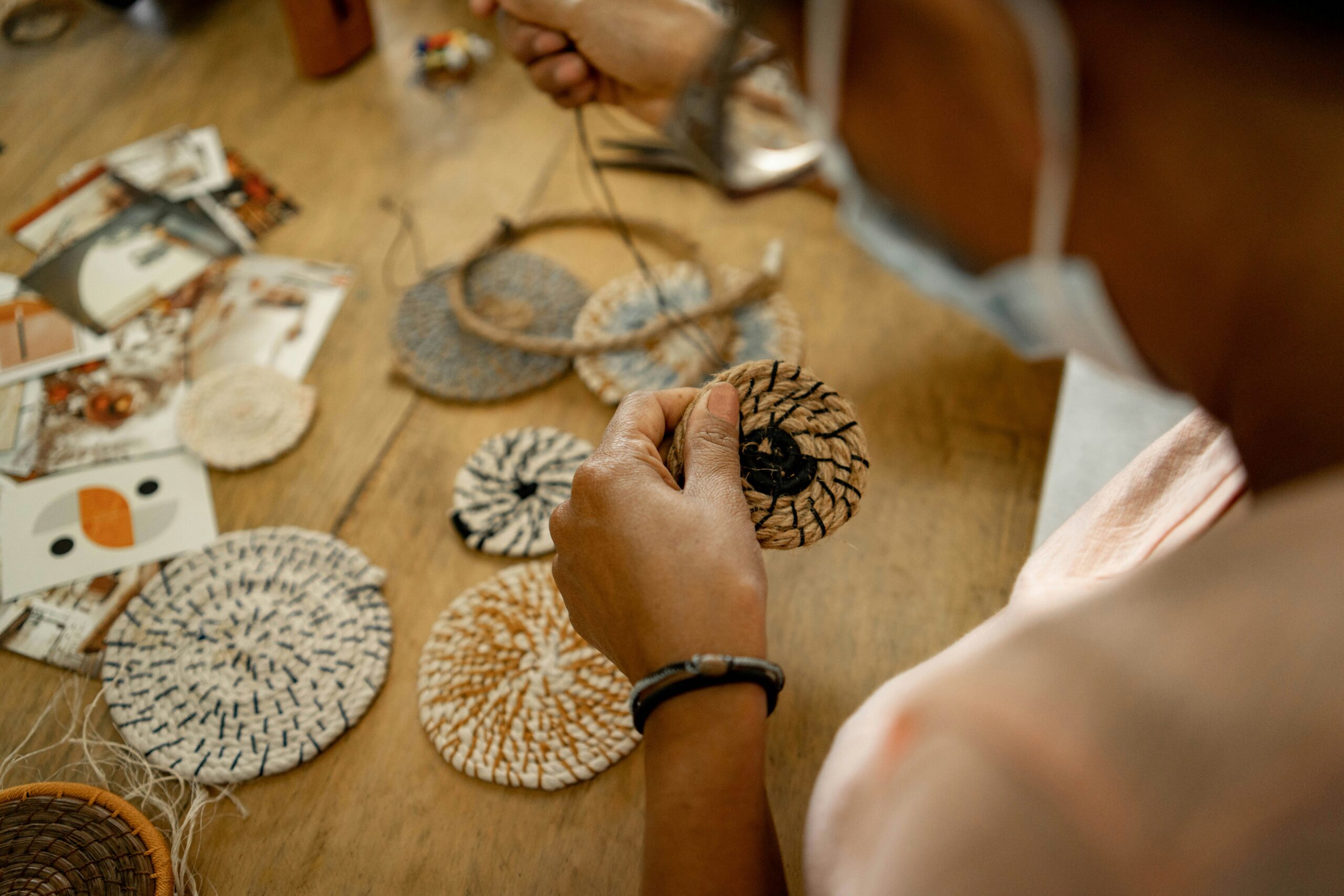Understanding the Importance of Daily Movement
For individuals living with Parkinson’s disease, maintaining an active lifestyle can significantly impact their overall well-being. Parkinson’s disease is a progressive neurological disorder that affects movement, causing symptoms such as tremors, stiffness, and balance issues. While medication and medical treatments play a crucial role in managing these symptoms, incorporating regular physical activity can enhance mobility, flexibility, and strength.
Research indicates that exercise can help slow the progression of Parkinson’s disease by improving neuroplasticity, which is the brain’s ability to adapt and reorganize itself. Engaging in physical activities not only helps in managing motor symptoms but also has a positive effect on non-motor symptoms such as depression, anxiety, and sleep disturbances.
Moreover, exercise can foster a sense of independence and improve the quality of life for those with Parkinson’s. It offers numerous benefits, including:
- Enhancing balance and coordination
- Increasing muscle strength and flexibility
- Boosting mood and reducing stress
- Improving cardiovascular health
Understanding the importance of daily movement is the first step towards empowering individuals with Parkinson’s to take control of their health and well-being.
Incorporating Exercise into Daily Routines
Integrating exercise into everyday life doesn’t have to be daunting. For those with Parkinson’s, it’s essential to find activities that are enjoyable and sustainable. Here are some ideas to keep moving:
1. **Walking:** A simple yet effective way to stay active. Walking can be done at one’s own pace and adjusted to fit any fitness level. It’s also an opportunity to enjoy the outdoors and connect with nature.
2. **Yoga and Tai Chi:** These practices focus on balance, flexibility, and mindfulness. They are gentle on the joints and can be modified to accommodate different abilities. Regular practice can enhance balance and reduce fall risk.
3. **Dancing:** Dance classes tailored for individuals with Parkinson’s can be both fun and therapeutic. It combines movement with music, which can stimulate brain activity and improve coordination.
4. **Strength Training:** Using resistance bands or light weights can help build muscle strength and improve posture. Strength training exercises can be done at home or in a gym setting with appropriate guidance.
5. **Swimming:** Water-based exercises provide a low-impact environment that reduces stress on joints while offering resistance to build strength.
It’s important for individuals to consult with healthcare providers before starting any new exercise regimen to ensure safety and appropriateness based on their condition.
Building a Supportive Community
One of the most impactful aspects of managing Parkinson’s disease is having a supportive community. Engaging with others who share similar experiences can provide motivation, encouragement, and a sense of belonging. Support groups, whether in-person or online, offer a platform to share experiences, tips, and advice.
Participating in group activities, such as community exercise classes or Parkinson’s-specific programs, can enhance social connections and provide a structured environment for physical activity. Many communities offer resources and events dedicated to individuals with Parkinson’s, fostering an inclusive atmosphere where participants can thrive.
Additionally, caregivers and family members play a vital role in supporting their loved ones. Encouraging participation in physical activities and being actively involved can strengthen relationships and provide emotional support.
Building a network of support not only aids in managing the disease but also enriches the lives of those affected by Parkinson’s. It creates an environment where individuals feel empowered to pursue their health goals and maintain a positive outlook.








